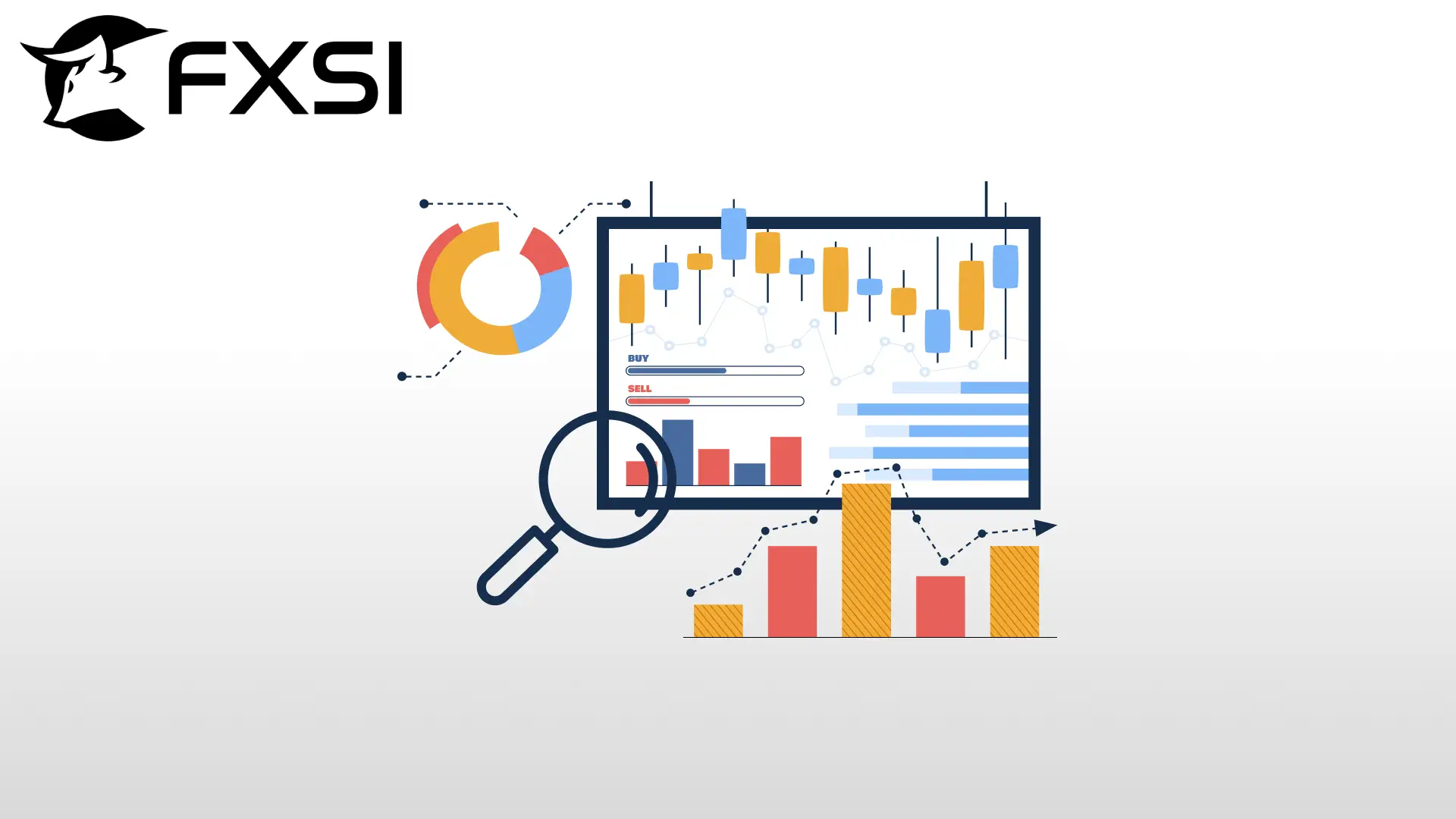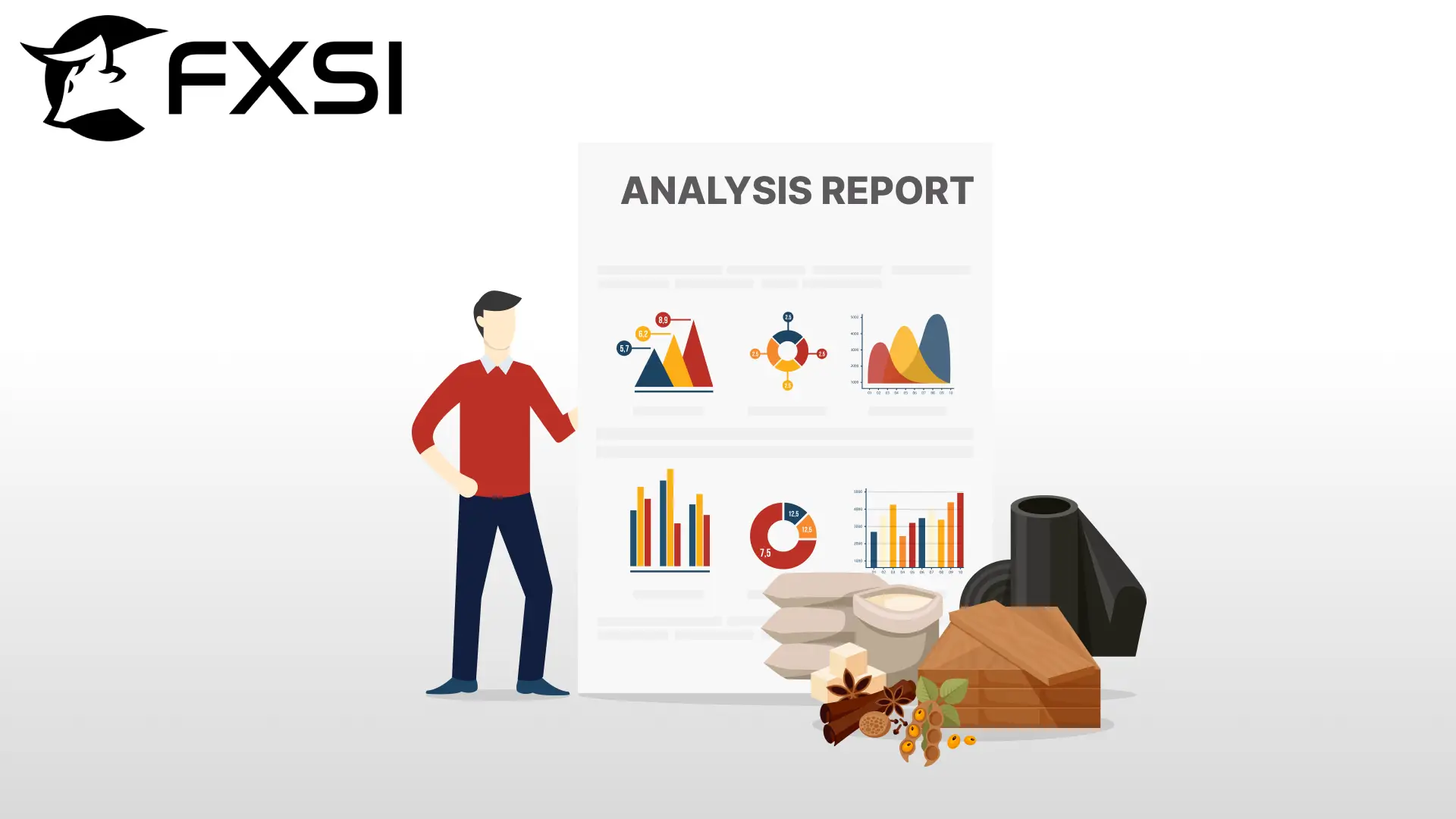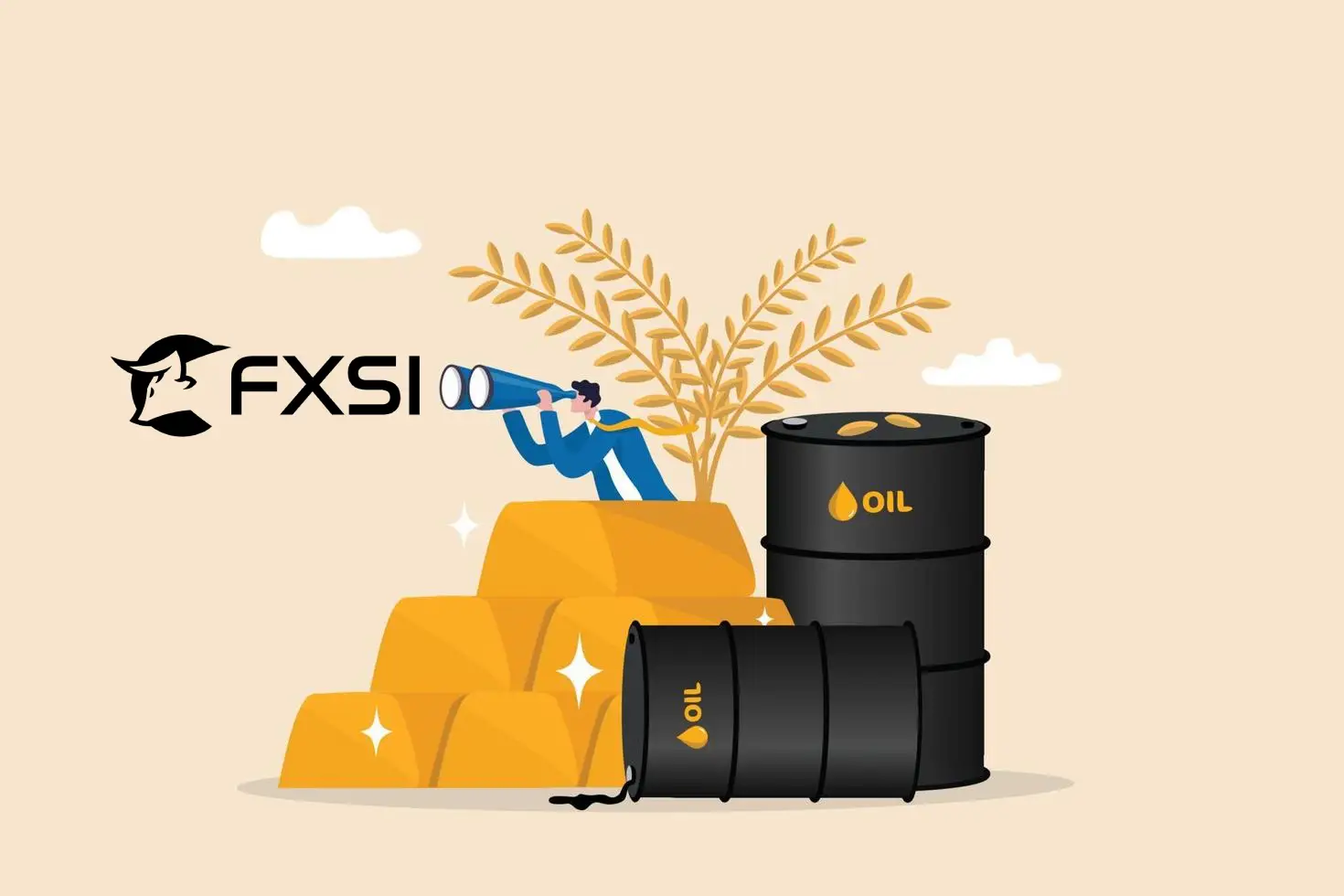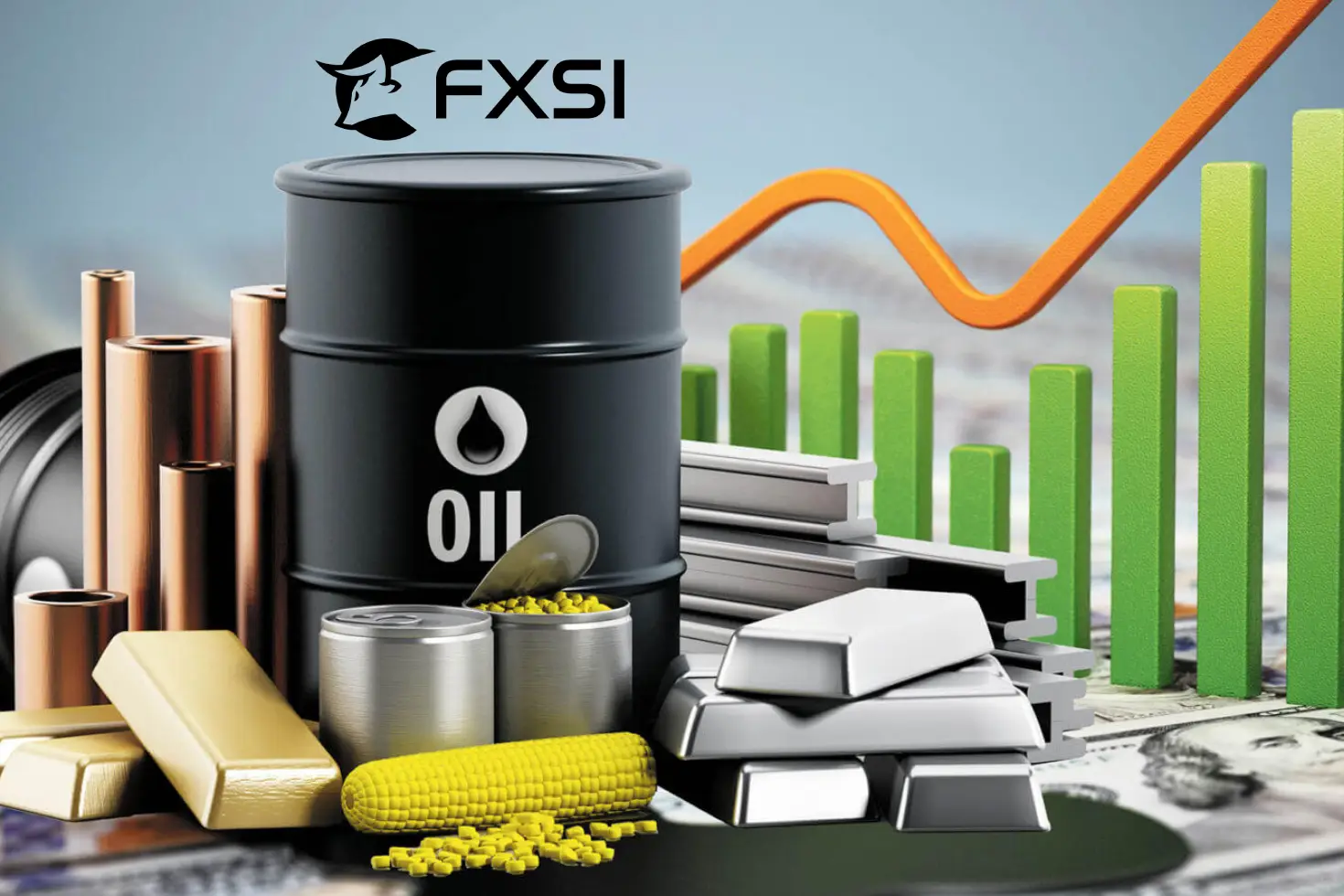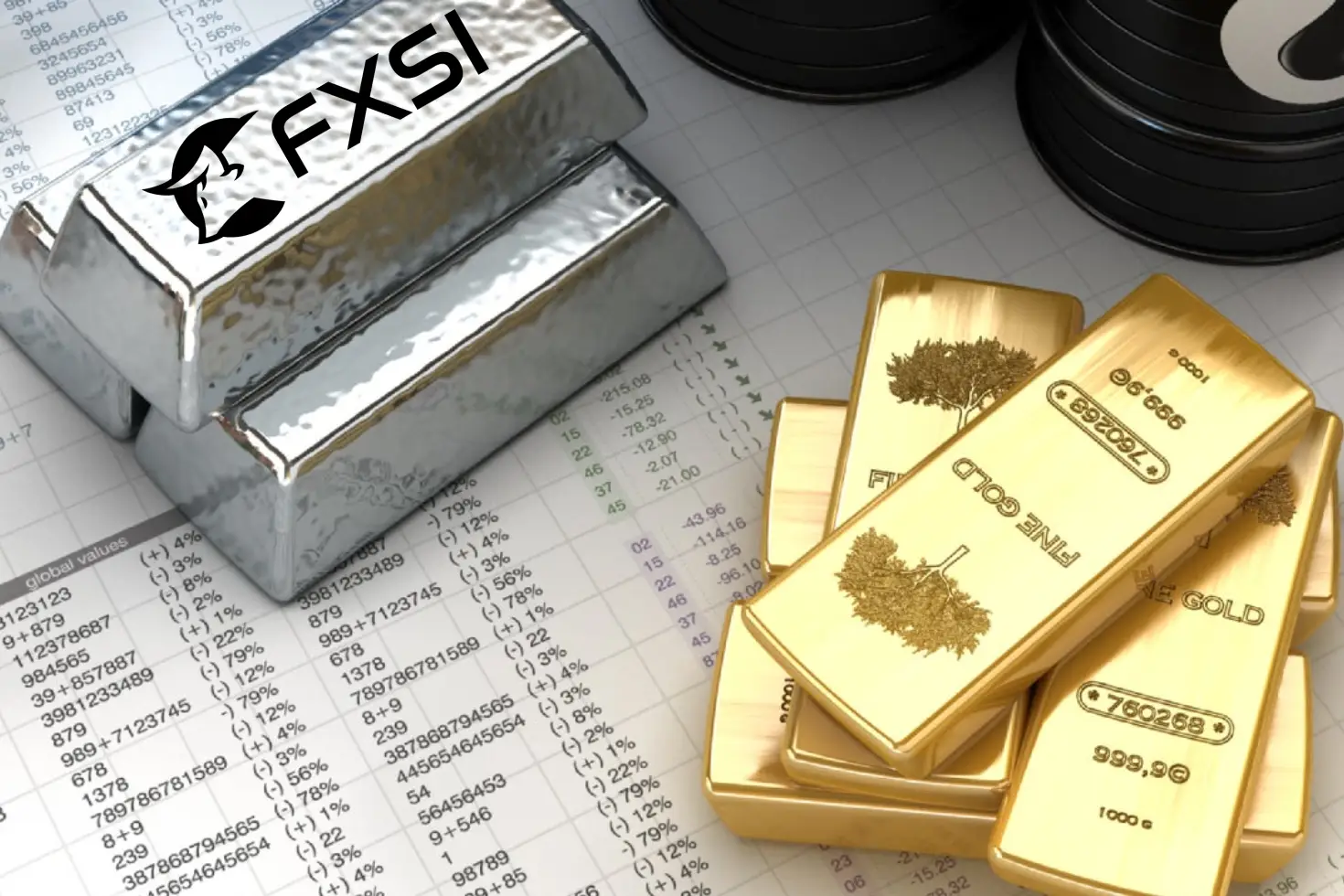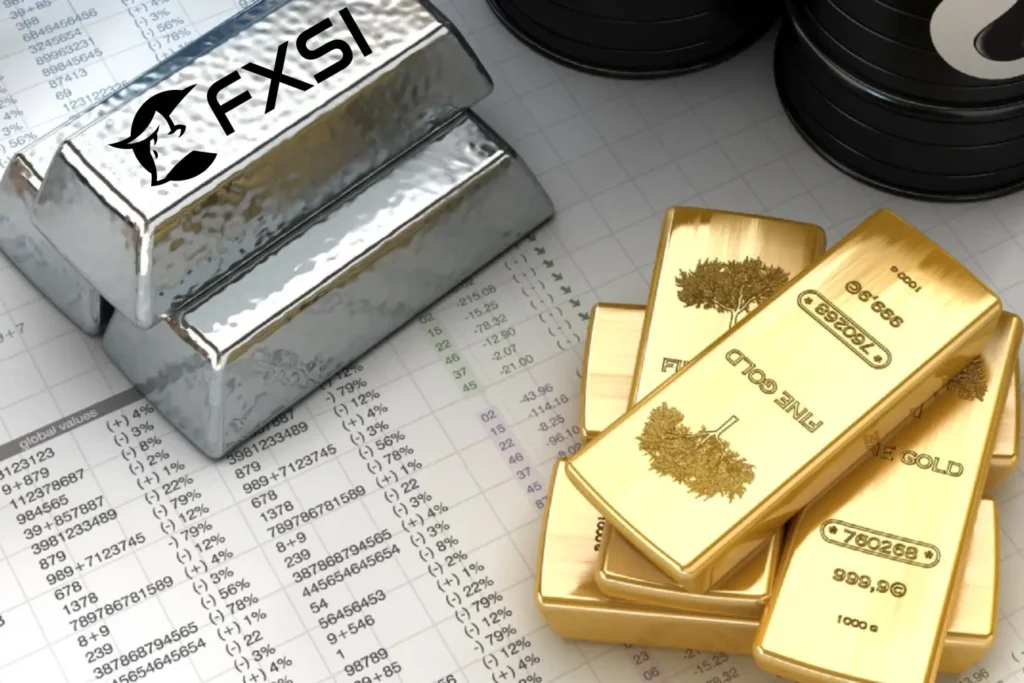This guide will cover everything regarding understanding commodity ETFs and ETNs!
Understanding Commodity ETFs and ETNs!
Whether you’re a new trader or a seasoned pro, there is much to learn until the end of this guide, including the essentials of commodity ETFs, how they apply to the market, and the additional implications of ETNs.
So, let’s begin!
What Are Commodity ETPs?
These ETPs attempt to capture the price movements of raw materials and natural resources, like agricultural products, metals, and energy sources. Apart from agriculture, metals, and energy, ETFs deal with raw materials and natural resources. The most common forms of ETPs are ETFs and ETNs. Although these two serve a similar purpose, they differ in the way they provide exposure.
ETPs that invest in particular commodities are referred to as Commodity ETFs. The funds prefixed by commodity ETPs can be referred to as physical ETFs that are set to invest in physical commodities or in the futures market for that commodity. They can be separated into two categories.
Physical Commodity ETFs
These ETFs purchase the commodity and store it like all oil ETFs that can invest in oil barrels. Such funds are more stable compared to others as they directly track the price of the commodity rather than incorporating the complexity of trade in futures. Examples are the gold ETF that seeks to store gold in vaults, and oil ETFs that can invest in oil barrels.
Futures-based Commodity ETFs
Such funds invest in futures contracts rather than in the actual commodity. These funds invest solely in paper assets and not in the physical commodity itself. Likewise, these funds are free of the requirement to store any commodity and can follow price changes without dealing directly with the commodity.
What is the Difference?
Whereas ETFs are purchased monthly by investors at fixed monthly prices, Commodity ETNs are more dynamic. ETNs are issued by financial institutions and differ from loans in that they take into account cash which is the return obtained from a commodity index.
Unlike ETFs, ETNs do not have physical collateral and instead rely on the creditworthiness of the issuer. This means that performance is only guaranteed in relation to the issuer’s credit rating.
Note: Learn more about commodity trading instruments!
Why Include Commodity ETPs in Your Portfolio?
Commodity ETPs have several strengths that make them useful in a portfolio:
- Diversification: Commodities are an important asset class for diversification since they generally have a low correlation with stocks and bonds. Furthermore, commodities tend to appreciate during inflationary periods when the equity markets are in recession or underperforming.
- Access to Commodities: The most common way of investing in commodities is purchasing and taking physical delivery of the goods or trading in futures contracts, which tends to be cumbersome. These problems are solved by commodity ETPs since investors can access commodities via a trading vehicle that is much easier to transact in.
- Low Costs: Investors in commodity ETPs, especially those who invest in gold, need to worry less about the cost relative to other funds. Most commodity ETPs, and especially ETPs, are cheaper than most actively managed funds, or investments in commodities themselves. This elimination of expenses, along with the ability to trade on the stock exchanges, results in lower aggregate expenses.
- Hedging Against Inflation: For quite some time, inflation has been rising while other commodities prices seem to be very low, the reason being, that they are considered to be negative, long-dated, duration assets. However gold, during uncertain economic times, remains one of the most trusted and safest investment.
- Liquidity: Making it easy to purchase and sell the commodity gold ETF enhances liquidity considerably. Being able to trade in a liquid market increases the liquidity of commodity ETPs.
Different Types of Commodity ETPs
Now that you know more about ETPs in general, let’s have a look at the complete commodity ETNs guide along with ETFs and learn things every trader should know!
Below are some of the most common types:
Grantor Trusts:
These trust ETPs invest in commodities such as gold or silver that are stored in physical vaults. Such products usually track the spot price of the commodity, thus providing a simple way to invest in precious metals.
Limited Partnerships:
These ETPs invest in prior available commodity futures contracts. These income-generating investments provide K-1 tax forms. These products are suitable for investors who wish to have some exposure to commodities but are accepting of the complexity that comes with futures contracts.
Actively Managed Commodity ETFs:
ETPs are managed by ordained professionals who invest in the most lucrative commodities or futures contracts based on market conditions. To avoid distributing K-1 forms altogether, they may invest in futures contracts through offshore subsidiaries in the Cayman Islands.
Exchange-Traded Notes(ETNs):
These are debt securities that are basically a promise to repay the principal amount along with the return of a specific commodity index, less any incurred fees. Flexibility is the sweet spot here as ETNs do not hold any physical assets, similar to an ETF, thus the issuer credit score would determine performance. It is a marvelous tool for investors as it provides a less complicated approach to index futures trading.
Commodity Producers ETFs:
These funds hold equity captures in companies that engage in the exploitation of commodities such as oil drilling or gold mining firms. The value chain of these ETFs works in a way that even if the prices of commodities performed poorly, the companies might still do well, and therefore the ETF value increases.
Note: To learn more about commodity trading, we recommend checking our complete commodity guide!
Understanding Commodity ETFs and ETNs – Pros & Cons
Problems are inevitable, and with such numerous benefits that ETFs provide there are bound to be navigational risks. Below is a summary of the pros and cons:
Pros:
Access to Commodity Markets: Physical commodity markets are hard to sell or trade but ETPs provide a convenient way for those who invest in commodities easier access.
Geographic Specialization and Risk Mitigation: Unlike stocks and bonds, commodities have an independent price range which adds diversification and lowers risk value to the overall portfolio.
Easy trading: These products are listed on stock exchanges which provides elasticity and ease to buy and sell the ETP.
Inflation Hedge: Commodities such as gold and oil are popular for hedging against inflation and market volatility.
Cons:
Tracking Error: Some ETPs for commodities, especially those based on futures contracts, tend to have tracking errors where the fund is not able to align its performance with the price of the commodity.
Contango and Backwardation: The commodity futures market can be subject to contango or backwardation which affects the performance of futures-based ETPs. In contango, negative roll yield abounds when the ETF increases its lower-priced contracts versus the prevailing price. In backwardation, the roll yield is positive because the value of the contracts and the market price for the contract are higher.
Costs: Even though commodity ETPs provide cheap access to ETFs, they may still impose a management and trading fee. For futures-based ETPs, consecutively increasing expenses may be necessary due to roll contract requirements.
Issuer Risk (ETNs): Because ETNs are unsecured debt instruments, the creditworthiness of the issuer is a key factor. If the issuer is in financial distress, then the value of the ETN may fall.
Market Contango and Backwardation
When investing in futures-based commodity ETPs, it is crucial to grasp the pricing structure of commodity futures markets. The performance of ETP commodities is affected differently depending on whether the market is in contango or backwardation.
Contango:
The ETF’s returns are affected negatively because there are roll yield drags. When the ETF ‘rolls’ over futures contracts, it sells lower priced contracts and buys higher priced contracts. This results in an ETF that has a negative roll yield and subsequently leads to worse performance for the commodity ETP.
Backwardation:
The ETF’s returns tend to increase because they benefit from the difference, leading to lower roll yield drags. In this case, the ETF sells higher-priced contracts and buys lower-priced contracts. This results in increased cash flow for the ETF which in turn causes an improvement in return on the commodity ETP.
Note: Learn more about commodity options!
How to Choose the Right ETP for You?
Selecting a commodity ETP becomes easier if there is a framework that includes relevant information to your investment strategy.
Below are a few of them:
Investment Objective:
Every investment is unique in its purpose and therefore define what the objective will be. Do you want to mitigate inflation, achieve portfolio unity, or have ownership in certain assets? If gold or oil is a single investment focus, then ETFs revolving commodities under the mentioned assets are best suited. However, if there is a desire for something broader, ETFs with a United States Commodities index are available.
Commodity Type:
Know the underlying challenge of the commodity/assets that you want to purchase. Gold and silver are widely viewed as safe havens together with other precious metals in commodities due to uncertainty in the economy, energy derived commodities such as oil and natural gas carry more risk as an underlying asset, however, they do present considerable growth opportunities.
Expense Ratio:
One of the first metrics that should be looked at is the Expense Ratio, also known as the cost of managing the ETF. Although ETPs charged to manage commodities have lower expenses compared to actively managed funds, those that manage futures contracts tend to have higher expenses due to ever-constant rollover requirements.
Market Conditions:
Analyze the present status of the market, for example, whether the commodity is in contango or backwardation. It can have an impact on the effectiveness of futures-based ETPs and must be included in your considerations.
You can narrow down on a commodity ETP that meets your requirements optimally by integrating these factors with your investment objectives.
Quick Tip: Learn more about commodity futures!
Conclusion:
This was all about understanding commodity ETFs and ETNs! We hope all of this information has been sufficient to structure a proper understanding of these concepts and even integrate them into your trading strategy. Don’t forget to only invest funds you can afford to lose and to never put your emergency fund at risk!
Happy trading!
